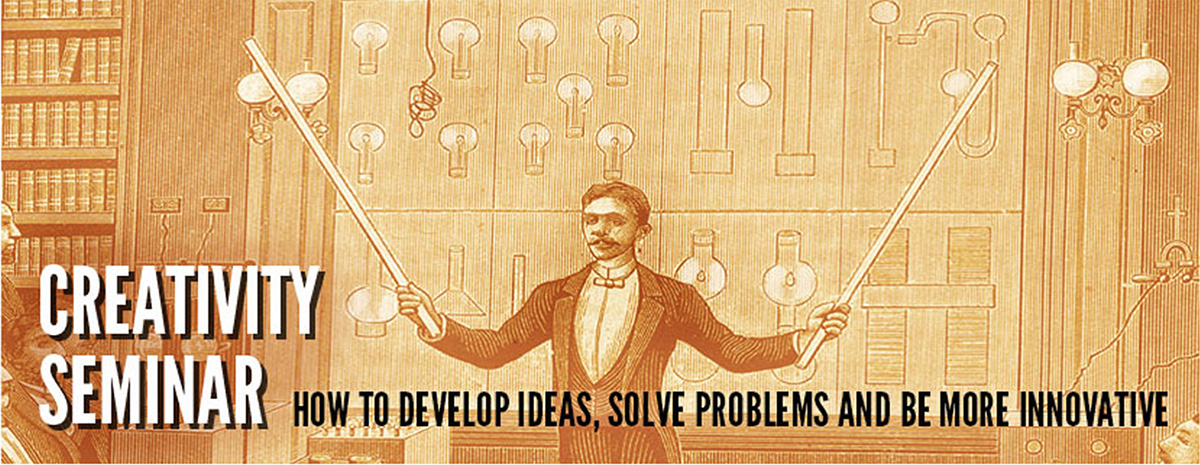Dr. Rex Jung, an assistant research professor in the department of neurosurgery at the University of New Mexico, is leading a team in the first systematic research on the neurology of the creative process, including its relationship to personality and intelligence. The findings of the Mind Research Network as
reported by Patricia Cohen in The New York Times:
They hope to figure out precisely which biochemicals, electrical impulses and regions were used when, say, Picasso painted “Guernica,” or Louise Nevelson assembled her wooden sculptures. Using M.R.I. technology, researchers are monitoring what goes on inside a person’s brain while he or she engages in a creative task. Yet the images of signals flashing across frontal lobes have pushed scientists to re-examine the very way creativity is measured in a laboratory. Responses by participants to a series of tests are used to generate what Dr. Jung calls a “Composite Creativity Index,” and his research has produced some surprising results. One study of 65 subjects suggests that creativity prefers to take a slower, more meandering path than intelligence. “The brain appears to be an efficient superhighway that gets you from Point A to Point B” when it comes to intelligence, Dr. Jung explained. “But in the regions of the brain related to creativity, there appears to be lots of little side roads with interesting detours, and meandering little byways.” Although intelligence and skill are generally associated with the fast and efficient firing of neurons, subjects who tested high in creativity had thinner white matter and connecting axons that have the effect of slowing nerve traffic in the brain. This slowdown in the left frontal cortex, a region where emotional and cognitive abilities are integrated, Dr. Jung suggested, “might allow for the linkage of more disparate ideas, more novelty and more creativity.”Read the full article from The New York Times.
 Images from brain research conducted by the Mind Research Network. Subjects who tested high in creativity had thinner white matter and connecting axons that slow nerve traffic in the brain. In these images, the green tracks show the white matter being analyzed. The yellow and red spots show where creativity corresponds with slower nerve traffic. The blue areas show where “openness to experience,” associated with creativity, corresponds with slower nerve traffic.
Images from brain research conducted by the Mind Research Network. Subjects who tested high in creativity had thinner white matter and connecting axons that slow nerve traffic in the brain. In these images, the green tracks show the white matter being analyzed. The yellow and red spots show where creativity corresponds with slower nerve traffic. The blue areas show where “openness to experience,” associated with creativity, corresponds with slower nerve traffic.
